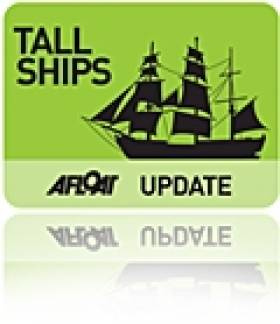Displaying items by tag: resource
New Centre at Dunbrody Tells the Irish-American Story
Tomorrow sees the official opening ceremony of Ireland's first visitor centre dedicated to the history of emigration.
The National Centre for Emigration History in New Ross, Co Wexford, which incorporates the Irish America Hall of Fame, will be opened by Minister for Transport, Tourism and Sport Leo Varadar, joined by famous Irish-American Michael Flatley.
Located on the quay side of the River Barrow next to the popular tall ship Dunbrody, which commemorates the Great Famine, the €2.6 million interative centre features a state-of-the-art exhibition on the story of Irish emigration, plus a genealogical resource for visitors hoping to trace their Irish heritage.
























































